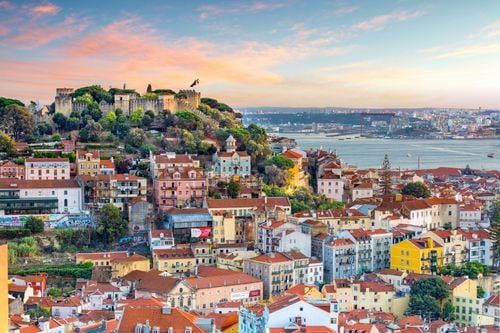Discovering France's largest region
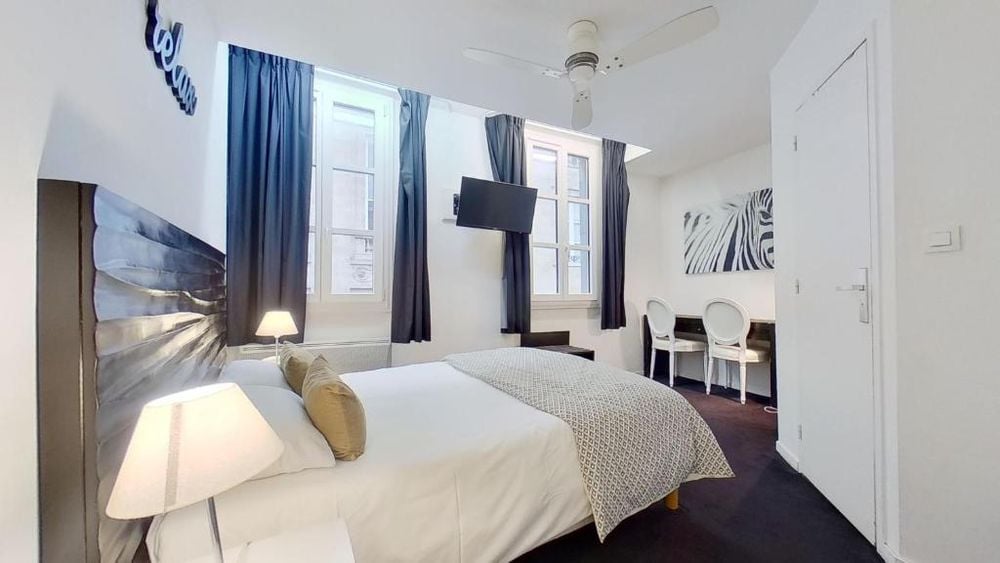 New Aquitaine
New Aquitaine

Discovering France's largest region
Travelling through this vast region from north to south, tourists pass through successive panoramas of forest, seaside, valleys and high mountains. Comprising 12 départements: Charente, Charente-Maritime, Corrèze, Dordogne, Lot et Garonne, Gironde, Landes and Pyrénées-Atlantiques, the Nouvelle-Aquitaine region has twelve faces, all different, but all splendid and rich in history and striking landscapes. It's hard to make a choice and visit just one part of this region. That's why many tourists are regulars, coming back year after year to continue discovering New Aquitaine and its different profiles.
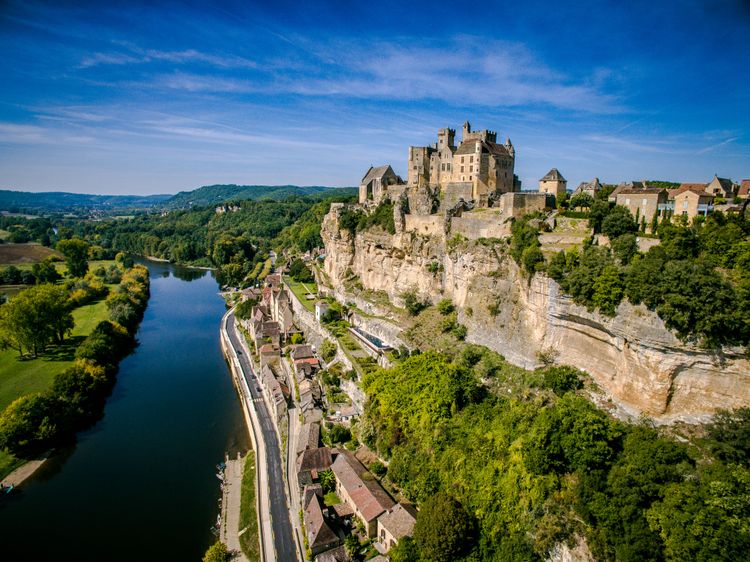
Vue sur la Dordogne et le château de Beynac.
- © Nataliia Budianska / ShutterstockStarting in the north, the Dordogne and Lot-et-Garonne are the land of man since prehistoric times. Between forests and verdant valleys watered by the Garonne, the Dordogne and numerous rivers, these two departments are like an open-air museum. A giant footprint of the first traces of mankind on earth. Caves, prehistoric sites, bastions, castles and religious buildings tell the story of the first pages of French history.
A land of people, these two departments, with their omnipresent nature, are also full of gastronomic treasures, with products so dear to the French terroir such as foie gras, duck confits, truffles and ceps.
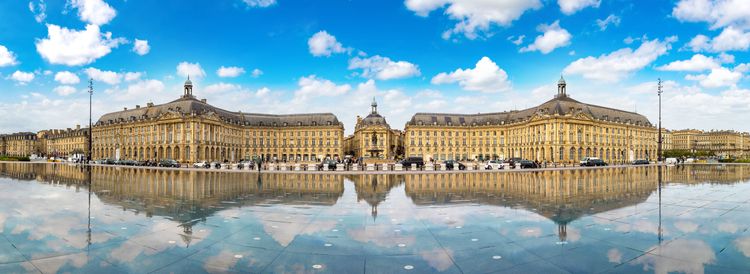
Place de la Bourse à Bordeaux.
- © Sergii Figurnyi / ShutterstockFurther east is the Gironde. While the previous two départements offer gourmet cuisine, we're here to discover the rich wine-growing tradition of the Nouvelle-Aquitaine region, with its world-famous Bordeaux grands crus. Inland, of course, it's the vineyards that dominate the landscape, but with Arcachon and Bordeaux, the wide open seas offer visitors vast horizons. The architecture of the magnificent 17th-century mansions bears witness to a human savoir-faire of great delicacy.
 New Aquitaine
New Aquitaine
As you head further south towards the Pyrenees, the Landes region opens up. The landscape here is divided between the long beaches and towns by the ocean, living to the rhythm of the tides and the surfers (Biscarosse, Hossegor, Mimizan) and one of the largest forests in Europe, the Landes de Gascogne.
As you approach the Basque Country, the culture of the people becomes stronger and stronger. Traditions and history are the pride of the region's children, who keep the legacy of their ancestors alive during the férias, with the Landes races featuring stilt-walking shepherds.

Le lac de Biscarosse en Nouvelle-Aquitaine.
- © bensliman hassan / ShutterstockTo the very south, the Pyrenees mountain range forms the border with Spain, and this is the department of the Pyrénées Atlantiques. And it's fair to say that the inhabitants of this region are made of the same wood as the land that gave birth to them. Here, the strength of the ocean meets the ruggedness of the mountains. Between the immense forests (the Iraty forest), the mountains (the Pyrenees) and the ocean shores, there is enough to forge the character and accent of an entire people.
While the Basque region has historically been influenced by the ocean, with towns such as Biarritz, Anglet and Hendaye, which were popular havens for privateers in the 16th and 17th centuries, Béarn and its mountains are more land-based and are at the centre of the Pyrenees National Park.
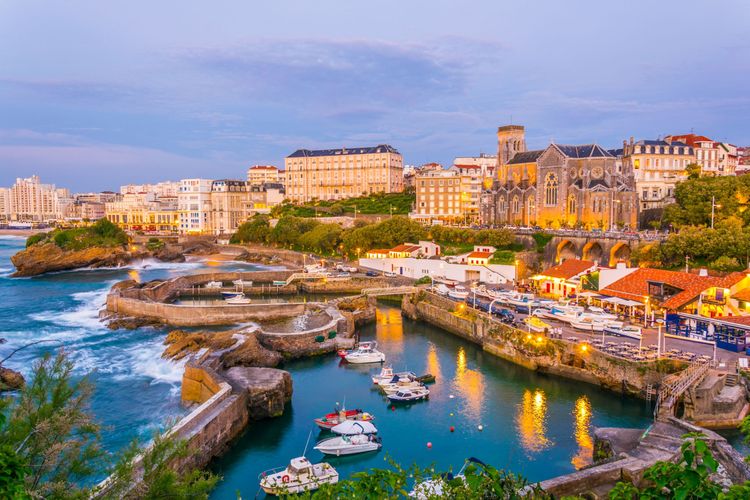
La marina de Biarritz.
- © trabantos / Shutterstock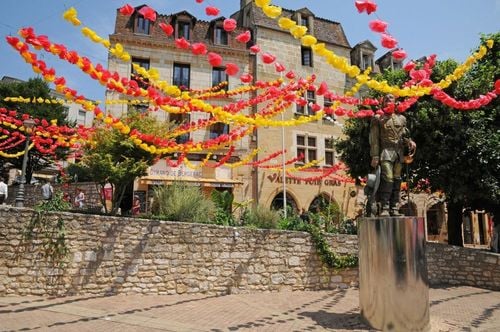
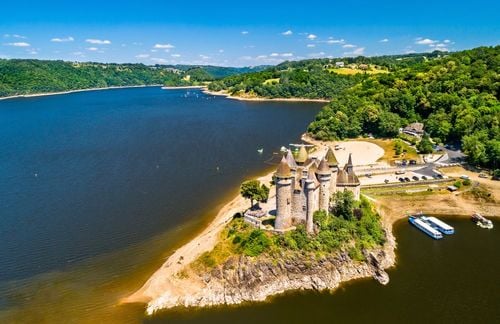
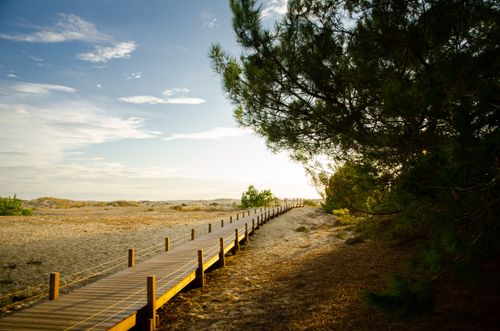
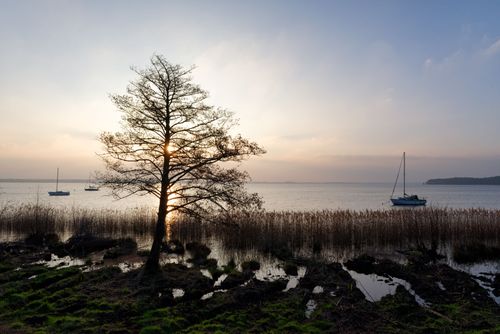
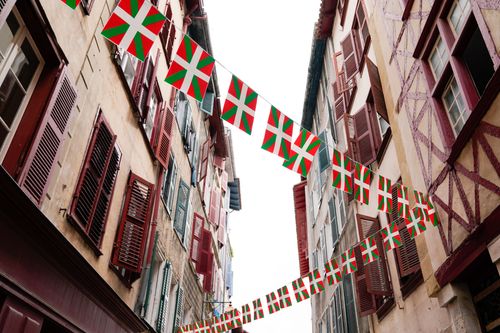
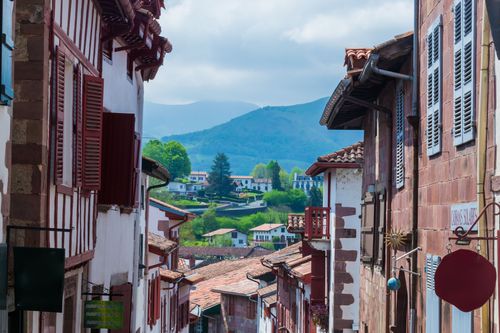
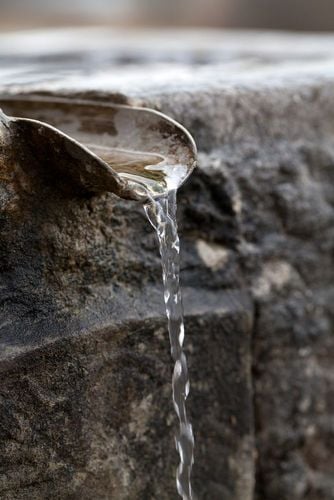
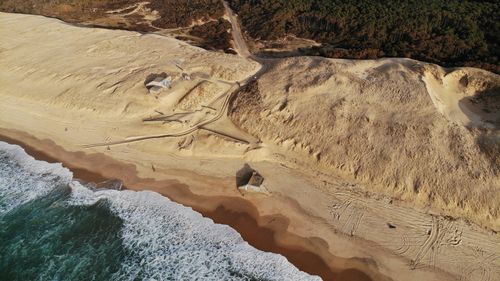
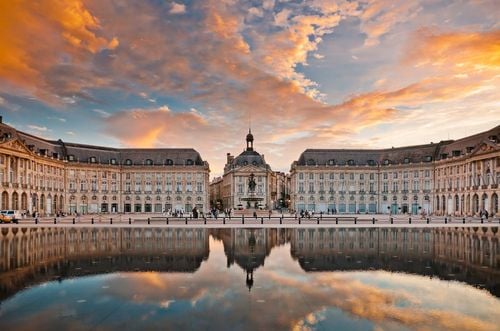

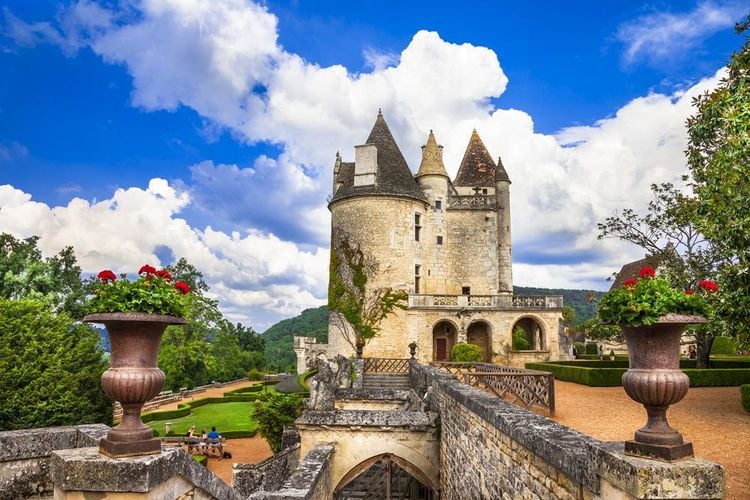 1
1
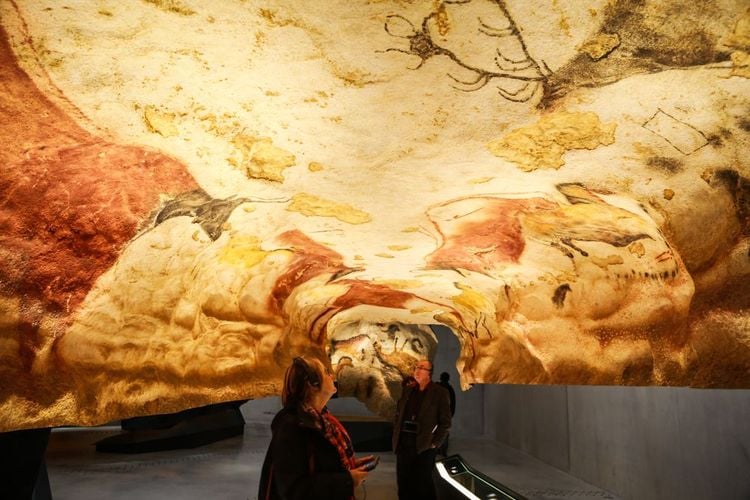 2
2
 3
3
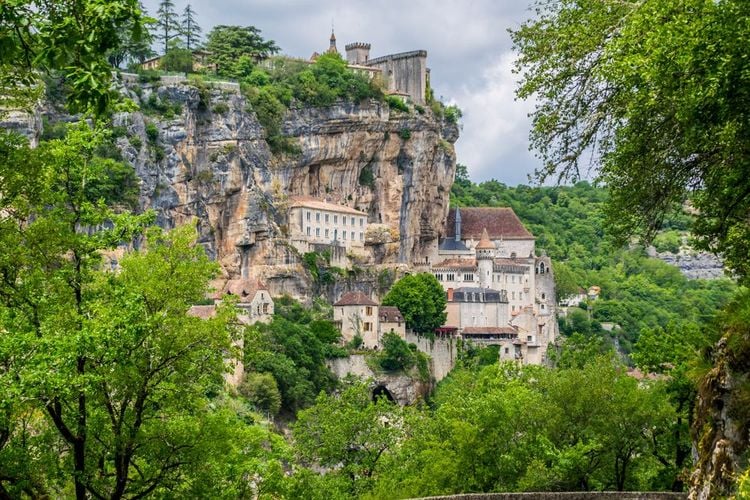 4
4
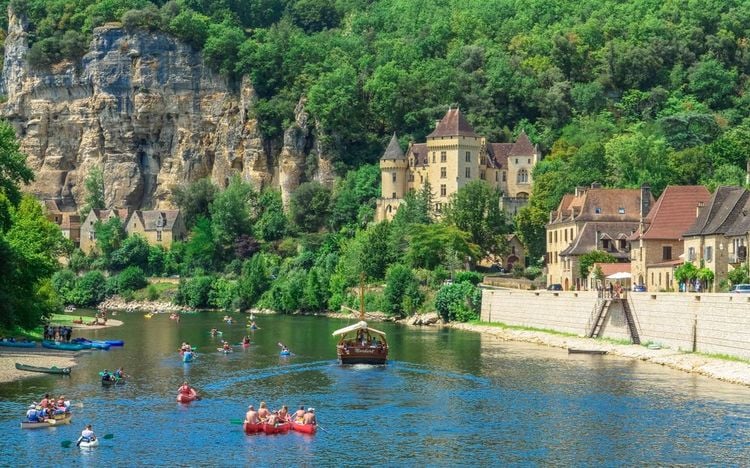 5
5
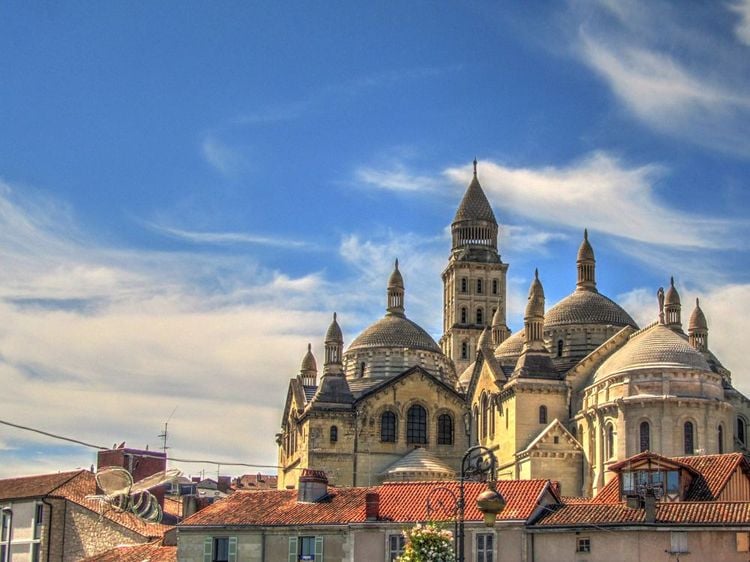 6
6
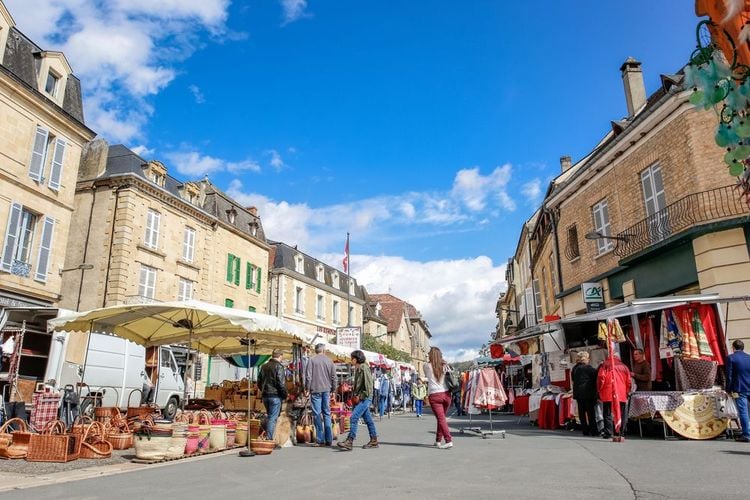 7
7
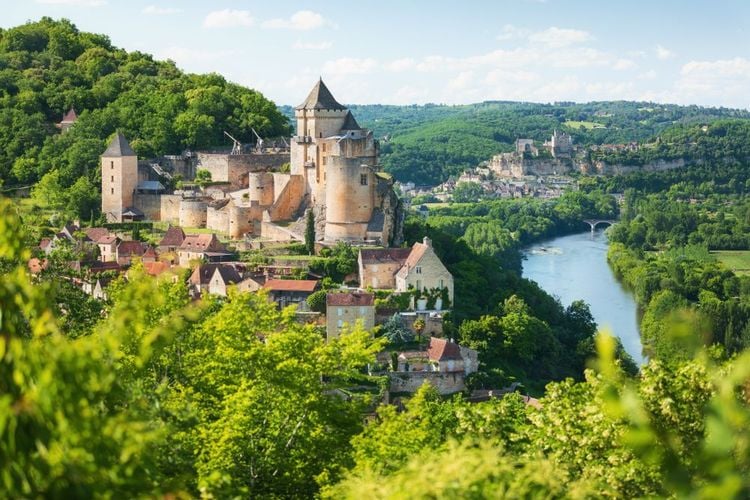 8
8
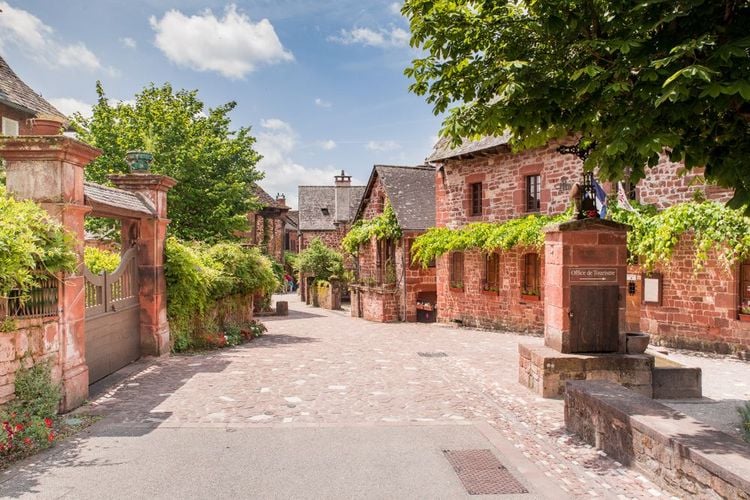 9
9
 10
10
✈️ 🚈 The most important gateway is the metropolis of Bordeaux, with its airport and mainline railway station.
🚘 As well as by train and plane, the region is easily accessible by road thanks to numerous motorway routes to and from several of Aquitaine's major cities, including Bordeaux, La Rochelle and Biarritz. The A10 is one of the busiest motorways in the region.
⭐New Aquitaine is synonymous with holidays, sunshine and tranquillity! So it should come as no surprise to see so many wonderful hotels and B&Bs in the area.
👛 Budget-wise, there's no need to break the bank - you'll easily find good quality accommodation for a reasonable price. And for a slightly higher price, you can find hotels worthy of the name: massage, outdoor yoga session, gourmet restaurant and bath filled with rose petals!
🏕️ For a holiday with your feet in the water, there are many high-quality campsites along the coast. The programme includes a morning bike ride, lunch in town, an afternoon on the beach and a picnic as the sun goes down. Then it's just a short walk back to the comfort of your own little bungalow.
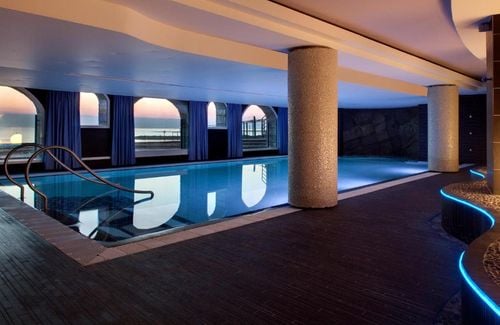
With its vast territory, the climate is very different between the north of Nouvelle-Aquitaine and the south of the region. With its great diversity of landscapes, the differences in weather are similar to those in Occitanie. Between the coast and the mountains, tourists can choose.
In the Pyrenees, for example, winter sports fans will prefer to go in February or March when the snow cover is at its highest. However, those who want to make the most of the beaches on the Basque coast should head there between May and September, when there is plenty of sunshine, ideal for working on your tan and swimming in the Atlantic.
If you decide to go swimming, be very careful of the baïnes. These natural pools are real traps for swimmers.
At low tide they're easy to get into, but as soon as the tide comes back in, you could find yourself trapped and swept away by the waves. Every year, people lose their lives as a result of this natural phenomenon.
So keep a close eye on your children and listen to the lifeguards' instructions!
explore Try out our comparators
It is Easy to travel

